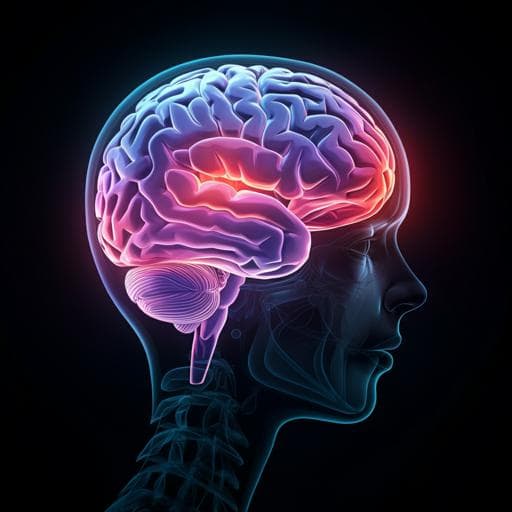
Medicine and Health
A clinically applicable deep-learning model for detecting intracranial aneurysm in computed tomography angiography images
Z. Shi, C. Miao, et al.
A groundbreaking study by Zhao Shi and colleagues demonstrates a deep-learning model that significantly enhances the diagnosis of intracranial aneurysms using computed tomography angiography, surpassing traditional readings by radiologists and expert neurosurgeons. This model, tested across varied imaging conditions, shows a remarkable 99.0% accuracy in predicted-negative cases, potentially reducing clinician workloads and improving patient care.
~3 min • Beginner • English
Related Publications
Explore these studies to deepen your understanding of the subject.







